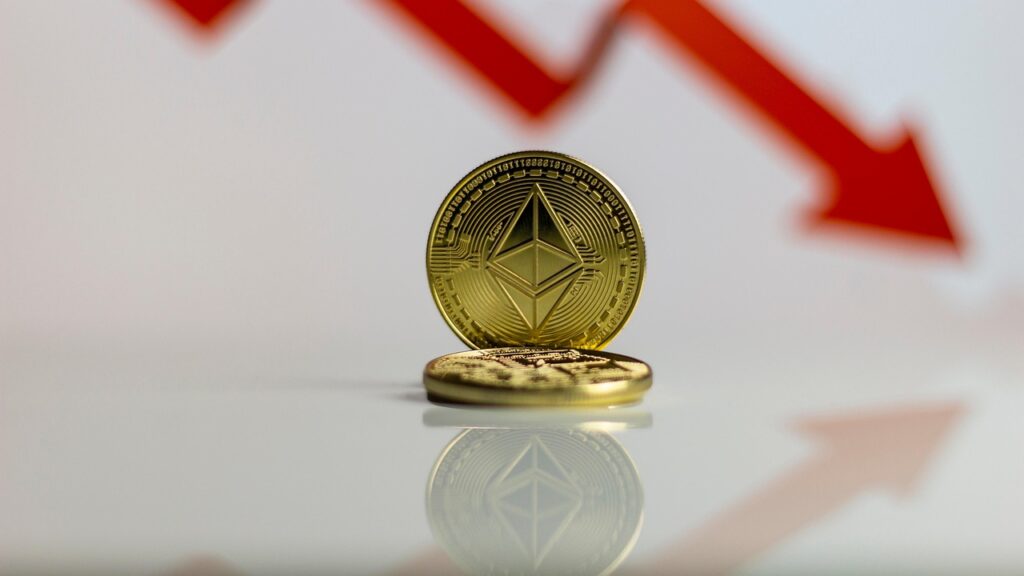As the cryptocurrency landscape continues to evolve swiftly, staying informed is crucial for investors and enthusiasts alike. The month of October is traditionally seen as a positive period for digital currencies. However, Ethereum has faced significant downward pressure due to a recent market downturn. Amid these turbulent times, disturbing news has emerged about one of Ethereum’s founders making a substantial sale of ETH, raising questions and stirring the market. Let’s delve deeper into the recent developments and what they might mean for Ethereum’s future.
Understanding the Impact of Ethereum’s Recent Sell-Off
Significant Ethereum Liquidation by Vitalik Buterin
Ethereum is under increasing bearish pressure, with both retail and institutional investors ramping up their selling activity. The co-founder of Ethereum, Vitalik Buterin, has added to this trend by disposing of a large quantity of ETH in just one day. According to a detailed post by a well-known crypto analyst, Buterin sold more than 160,000 ETH, worth approximately $650 million, sending ripples throughout the cryptocurrency sector.
The sell-off has inevitably sparked widespread speculation regarding Buterin’s motives. Is this a move driven by careful portfolio management, an exercise in caution, or an indication of changing sentiment from within Ethereum’s leadership? Regardless of the reasons, such a massive sale adds complexity to the dynamics of Ethereum, especially in a market already grappling with volatility and investor uncertainty.
Decline in Ethereum Foundation’s Strategic Reserves
The narrative of strategic ETH reserve reductions is further substantiated by consistent ETH sales from the Ethereum Foundation. Recent data indicates that the Foundation parted with 2,400 ETH, equating to roughly $9.3 million, representing 0.18% of the total supply. This sell-off is part of a series of disposals over the past five months, raising questions about the rationale behind these consistent outflows.
Reports suggest the Foundation has offloaded approximately 45,000 ETH, valued at $175 million, in recent times. The community is abuzz with theories on whether these sales are strategic moves for market positioning, reinvestments into the ecosystem, or necessary for operational expenses. Earlier this year, the Foundation’s reserve was around 265,400 ETH, but that figure has now decreased to 220,350 ETH, prompting curiosity and speculation among stakeholders.
Currently, Ethereum is trading at around $3,867, a slight decrease of 0.46% over the past day. Despite these seemingly bearish trends, investor sentiment remains optimistic, evidenced by a 31% surge in trading volume.
Editorial Commitment to Accurate Cryptocurrency Insights
Our editorial process is committed to delivering fact-based, precise, and unbiased cryptocurrency content. We employ rigorous sourcing and thorough vetting by experienced technology experts and editors. This dedication ensures our readers receive content that is both informative and trustworthy, empowering them to make well-informed decisions.
Is Ethereum (ETH) a good investment opportunity right now?
Ethereum continues to capture attention due to its extensive platform capabilities and its role as a pioneer in the development of smart contracts. However, investing in ETH demands a careful examination of current market conditions, recent price trends, and future potential developments in its network infrastructure.
What is the reason behind Vitalik Buterin’s significant ETH sale?
The substantial ETH sale by Vitalik Buterin is open to interpretation. It could be an exercise in strategic financial management, an indication of his personal market outlook, or a response to the recent downturn. Without explicit statements from Buterin, the motives remain speculative.
How might the Ethereum Foundation’s sales influence ETH’s market dynamics?
The Ethereum Foundation’s ongoing reduction in its ETH reserves could signal several scenarios, from preparing for operational costs to repositioning within the crypto market. These sales can impact short-term price movements and investor sentiment, especially if perceived as a lack of confidence in future valuation.
In conclusion, understanding Ethereum’s current situation requires a layered approach, considering both market activities and strategic moves by key figures and institutions within the ecosystem.

